NIDDK
-
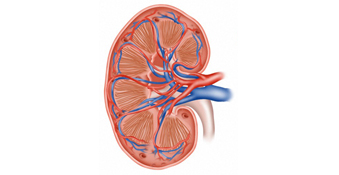
‘Longevity’ gene aids kidney survival
A gene associated with cell survival and longevity may protect the kidney from acute injury. Read MoreApr 17, 2013
-
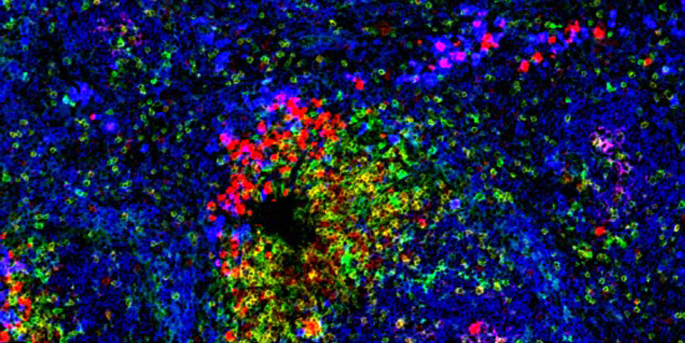
“Silent” B cells trigger autoimmunity
Immune cells that recognize self antigens (e.g. insulin), but are functionally silent, can trigger autoimmune diseases such as diabetes. Read MoreApr 3, 2013
-

Plant compound stops colon cancer cells
Berberine, an herbal remedy for diarrhea and intestinal parasites, may be useful in colon cancer therapy. Read MoreMar 29, 2013
-

IRF6 on the tip of tongue development
The factor IRF6 plays important roles in the development of the tongue. Read MoreMar 18, 2013
-

Target for inflammatory bowel disease
The factor STAT6 appears to play a role in the pathogenesis of an inflammatory bowel disease, suggesting it may be a promising target for new treatments. Read MoreMar 1, 2013
-
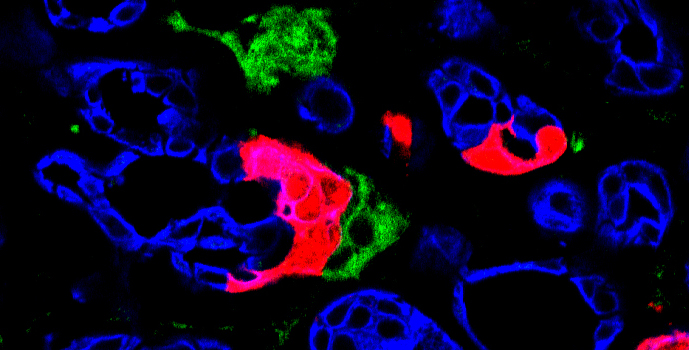
Pancreas cells full of potential
Adult cells in the pancreas can return to a less mature state – and then become a different cell type, like the beta cells that secrete insulin. Read MoreFeb 18, 2013
-
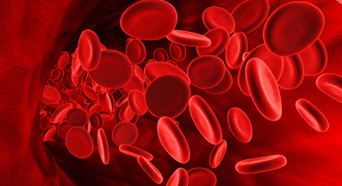
Linking oxygen, iron and red blood cells
The HIF oxygen-sensing pathway and its responses to low oxygen may be targeted for treatments of anemia and disorders of iron balance. Read MoreFeb 6, 2013
-
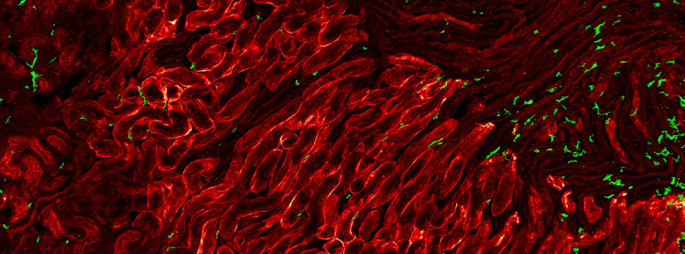
Do-it-yourself repair in the kidney
The kidney can mediate its own repair through proliferation of resident immune system cells. Read MoreJan 31, 2013
-

HDL cholesterol impaired in kidney disease
HDL cholesterol is impaired in patients with chronic kidney disease – and may increase their cardiovascular disease risk. Read MoreJan 21, 2013
-

Study helps define pancreatic cancer’s cellular origins
Vanderbilt and University of California investigators have discovered the “cell of origin” for pancreatic ductal adenocarcinoma, a finding that could lead to early detection methods and new treatments. Read MoreJan 17, 2013
-
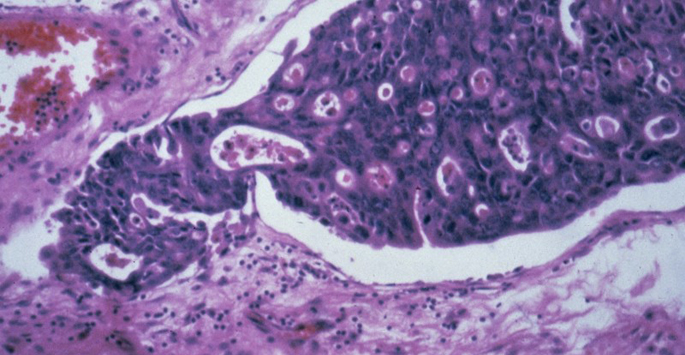
Cancer markers from archived tissue
Archived tissue samples are yielding new disease biomarkers. Read MoreDec 20, 2012
-

Bird’s eye view of gut development
A new map of the developing gut of quail offers valuable tool for studying intestinal diseases. Read MoreNov 19, 2012
-
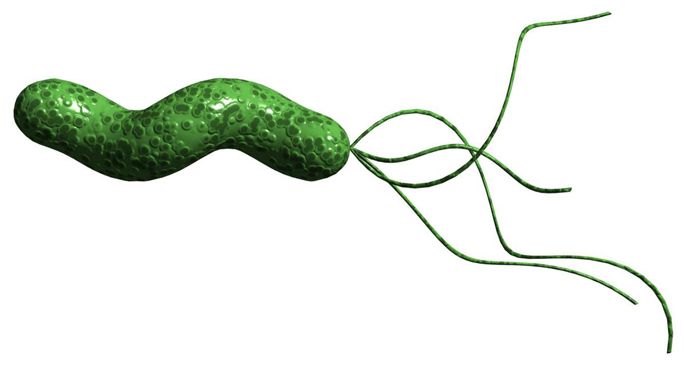
Stomach bug alters tumor suppressor
The stomach bug Helicobacter pylori increases forms of a protein that promote tumor development, perhaps explaining how it elevates risk for gastric cancer. Read MoreOct 23, 2012
-

Setting traps to probe gene function
A new method for creating genetic mutations that can be activated at certain times or in specific tissues will enable studies to probe gene function. Read MoreOct 18, 2012
-

How ‘Jedi’ disposes of dead neurons
The protein Syk is essential for clearing away neuron “corpses” in the developing peripheral nervous system. Read MoreSep 19, 2012
-
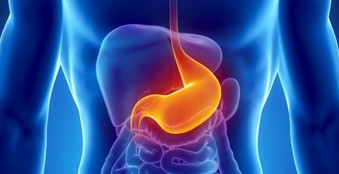
Enzyme counters stomach acid attack
Dysfunction or loss of an “antioxidant” enzyme may lead to higher risk for esophageal cancer in patients with gastric reflux disease. Read MoreSep 11, 2012
-

Ancestry impacts smoking risk for lungs
Smoking is more detrimental to lung function in individuals with high proportions of African ancestry. Read MoreAug 7, 2012
-
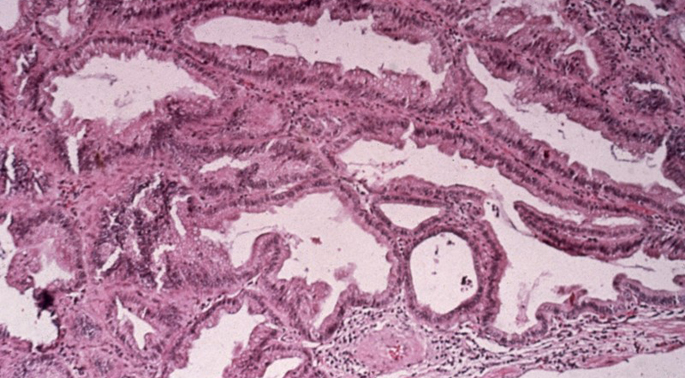
On the hunt for bladder cancer factors
A protein linked to aggressive bladder cancers could point to new strategies for treatment or prevention. Read MoreJul 26, 2012
-

Gene’s impact on ‘good’ cholesterol could affect heart disease risk
A genetic variant may help keep an individual’s “good” cholesterol in check. Read MoreJul 12, 2012
-

Receptor’s role in nutrition brain circuitry
New findings point to brain circuitry that communicates about the body’s nutritional status and regulates how nutrients are mobilized. Read MoreJul 3, 2012